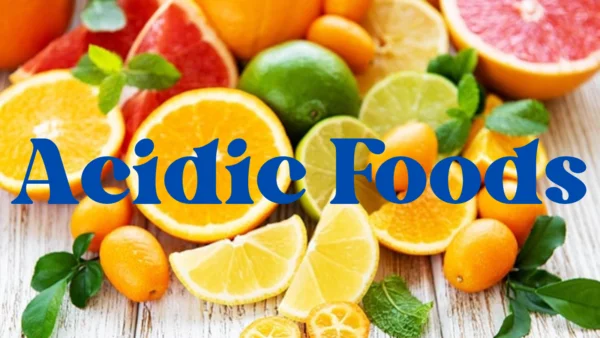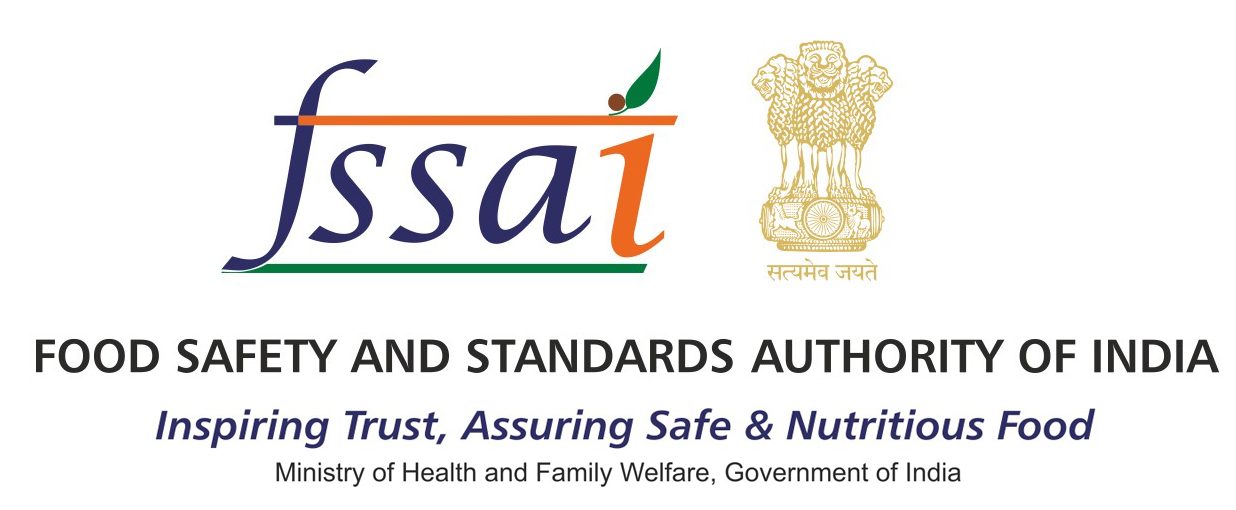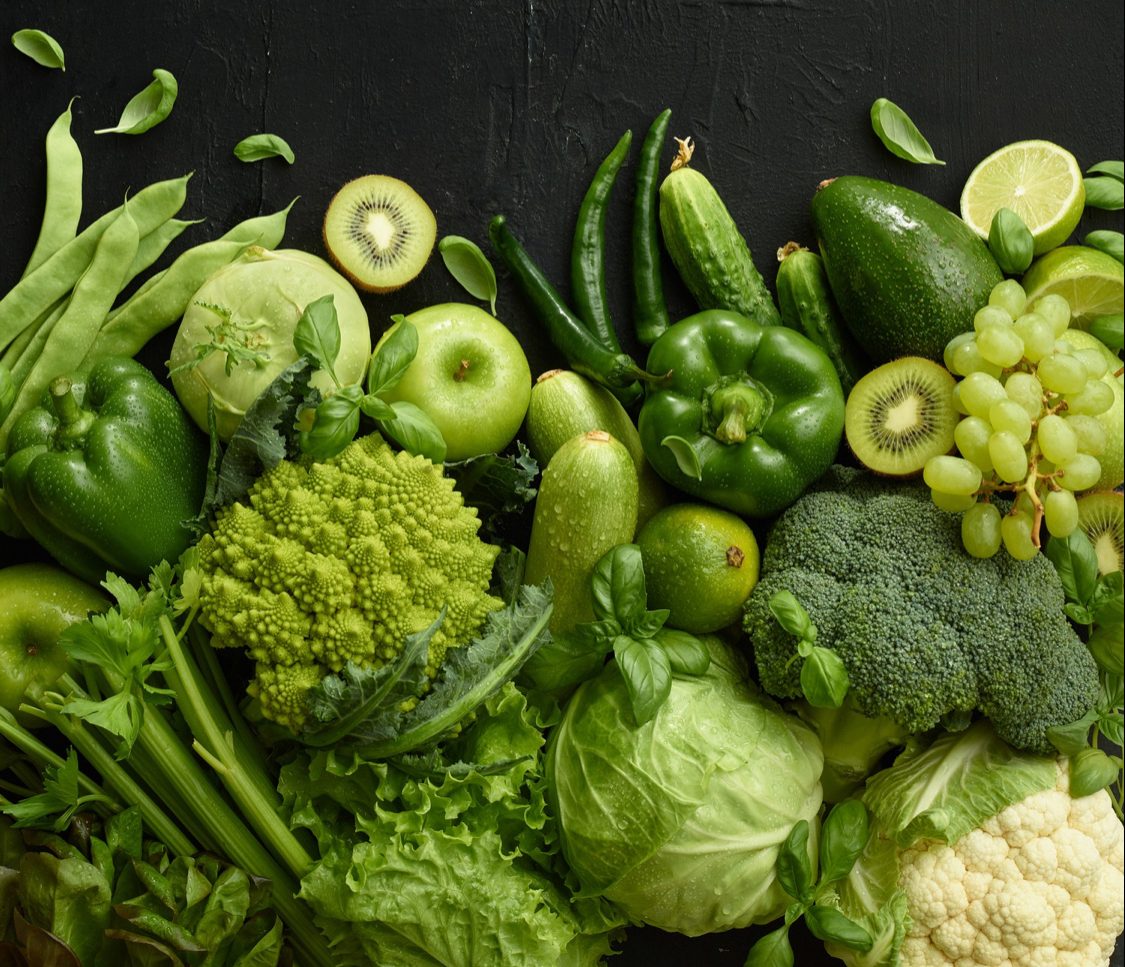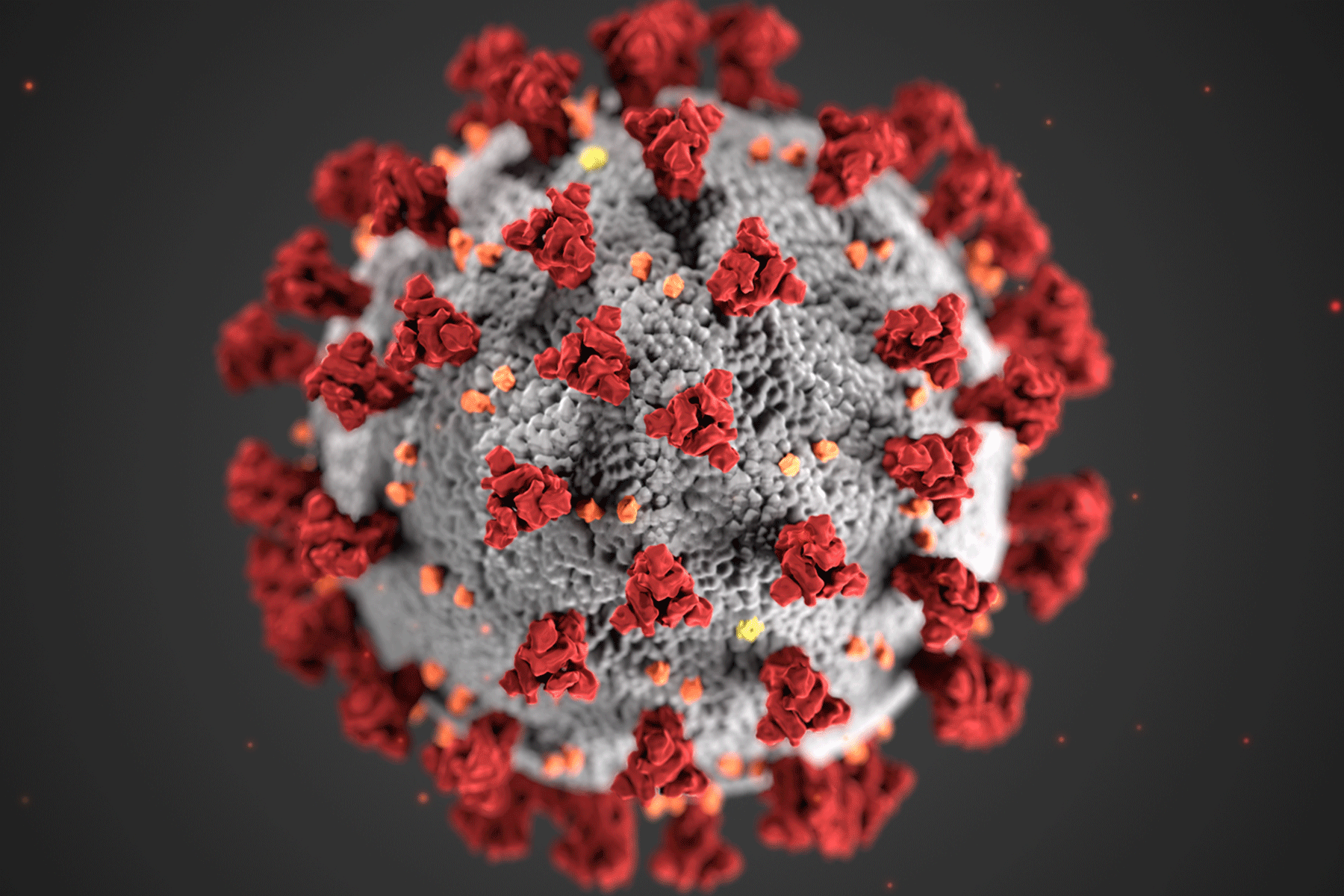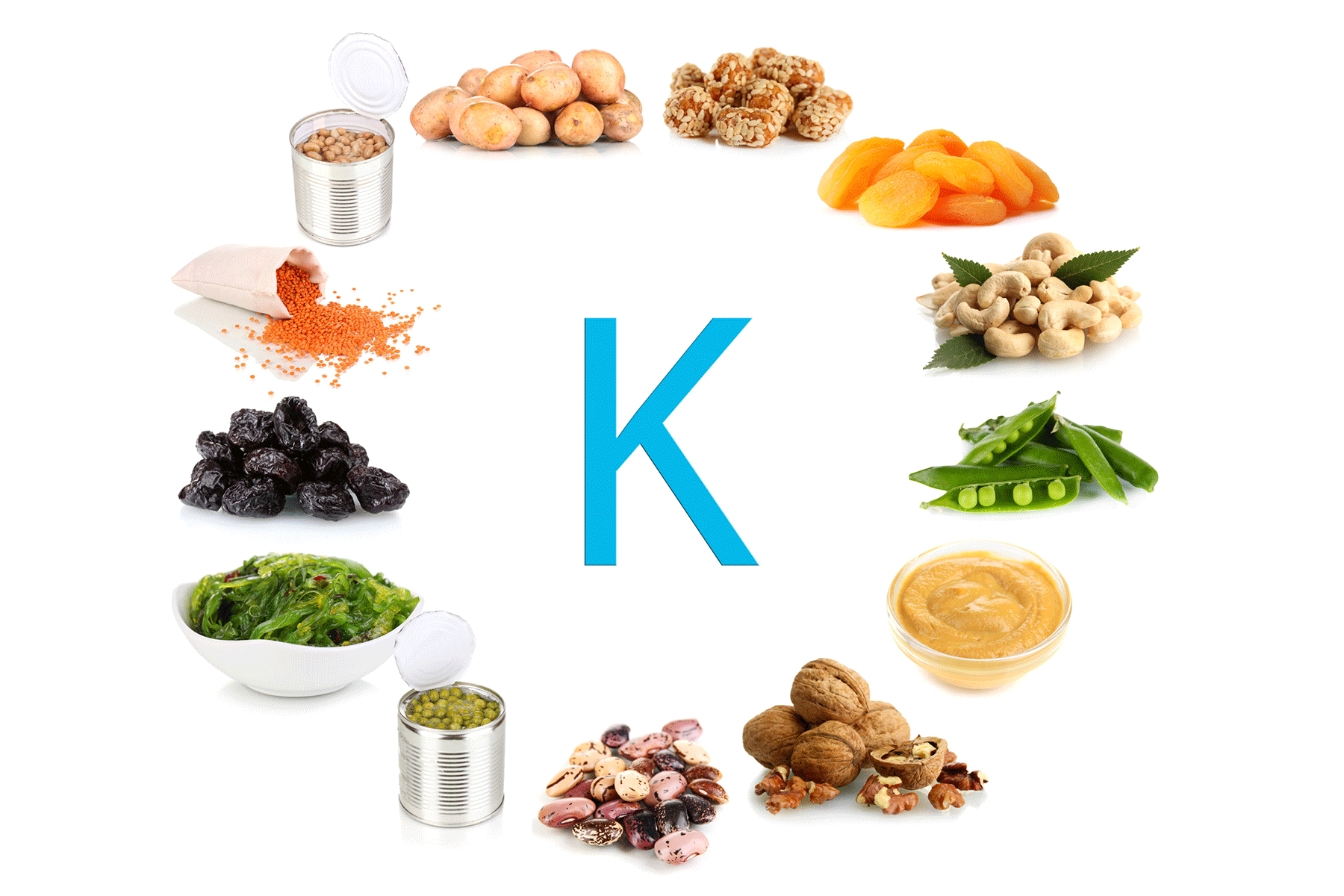Acidic foods are a key part of our daily diets, contributing to both the flavour and nutritional value of our meals. These foods, which have a pH level below 7, include a wide range of fruits, vegetables, and culinary ingredients, such as citrus fruits, tomatoes, and vinegar. Not only do they enhance taste, but their acidity also plays a crucial role in preserving food, as the low pH helps inhibit the growth of harmful bacteria and other microorganisms. However, while acidic foods offer many benefits, excessive consumption can lead to health concerns, particularly regarding the body’s acid-base balance and bone health. Read on to discover more about acidic foods, examples of common acidic foods, and how they contribute to food preservation.
What Are Acidic Foods?
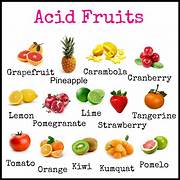
Acidic foods are those that have a pH level below 7 on the pH scale. The pH scale measures the acidity or alkalinity of a substance, with 7 being neutral (like pure water). Anything with a pH below 7 is considered acidic, while substances with a pH above 7 are alkaline or basic. Acidic foods are typically those that naturally contain organic acids, which contribute to their sour or tangy taste. Foods with a pH below 4.6 are classified as high-acid foods. These foods are particularly important in both nutrition and food preservation because their acidity helps prevent the growth of harmful microorganisms, making them safer to store and consume.
Here are some common examples of acidic foods:
- Citrus fruits like lemons, limes, oranges, and grapefruits are high in citric acid, which gives them their characteristic sour taste.
- Tomatoes contain citric acid as well as malic acid, making them a staple in many acidic food preparations, like sauces and salads.
- Pineapples and other tropical fruits also have a high acidity due to citric and malic acids.
- Vinegar is another common acidic food, made through the fermentation of ethanol by acetic acid bacteria. It is used in a variety of culinary applications, from salad dressings to pickling.
Acidity in the Body and Potential Health Risks
Our bodies actively maintain a delicate acid-base balance, with blood typically having a slightly alkaline pH of 7.4. The kidneys and lungs play key roles in regulating this balance. When we consume acidic foods in moderation, they generally do not affect blood pH. However, a diet consistently high in acidic foods can lead to metabolic acidosis, a condition that may contribute to health issues such as kidney disease, bone loss, and cardiovascular problems.
Certain foods, particularly animal proteins and grains, have a high acid-producing potential (known as PRAL), but consuming them in moderation is usually safe. The key is maintaining balance. Overconsumption of acidic foods—especially those high in protein or sugar—can disrupt the body’s acid-base regulation and increase the risk of conditions like osteoporosis, kidney stones, and other metabolic disturbances.
For example, diets rich in animal proteins can lead to calcium loss from bones, increasing the risk of osteoporosis, though research on this connection is still ongoing. In addition, consuming too many acidic foods can alter urine pH, raising the likelihood of kidney stones, particularly when paired with sugary drinks.
Fortunately, the body has effective mechanisms to tightly regulate blood pH. Occasional dietary changes rarely cause significant shifts in pH levels unless compounded by underlying medical conditions like kidney disease or diabetes. To support overall health and avoid the negative effects of chronic acidity, it’s essential to maintain a balanced diet that includes both acidic and alkaline foods.
The Role of Acidity in Food Preservation and Methods of Acidification
Acidic foods play a crucial role in Indian cuisine by enhancing flavour and preserving food. Their high acidity prevents the growth of harmful bacteria, moulds, and yeasts, extending the shelf life of foods like pickles, chutneys, and sauces, while reducing the risk of foodborne illnesses. Ingredients like citrus fruits (lemons, limes) and vinegar (acetic acid) are commonly used in traditional pickling methods to preserve food safely.
In addition to naturally acidic foods, acidified foods—those with added acids like vinegar or citric acid—are popular in India. Examples include pickles, bottled sauces, and chutneys. The Food Safety and Standards Authority of India (FSSAI) regulates these acidified foods to ensure they maintain a low pH, preventing spoilage. Preservation methods like “cold fill and hold” and “hot fill and hold” are used to seal these foods in sterilized containers, ensuring their safety and extending shelf life. In cold fill and hold, foods are acidified and sealed, while in hot fill and hold, they are heated to kill bacteria before sealing.
In conclusion, both naturally acidic and acidified foods play an essential role in preserving Indian foods. By inhibiting microbial growth, they ensure food safety and enhance the freshness and longevity of traditional and modern food products.
Conclusion
While acidic foods provide essential nutrients and help preserve food, overconsumption can pose risks to our health, such as increased acid load on the body, which may affect bone density and contribute to conditions like kidney stones. To mitigate these risks, it’s important to consume acidic foods in moderation and balance them with alkaline foods, such as leafy greens and other vegetables, to maintain a healthy pH balance. By understanding the impact of acidic foods on both our health and food safety, we can make informed dietary choices and avoid the negative effects of excessive acidity.
 Food Manifest
Food Manifest 